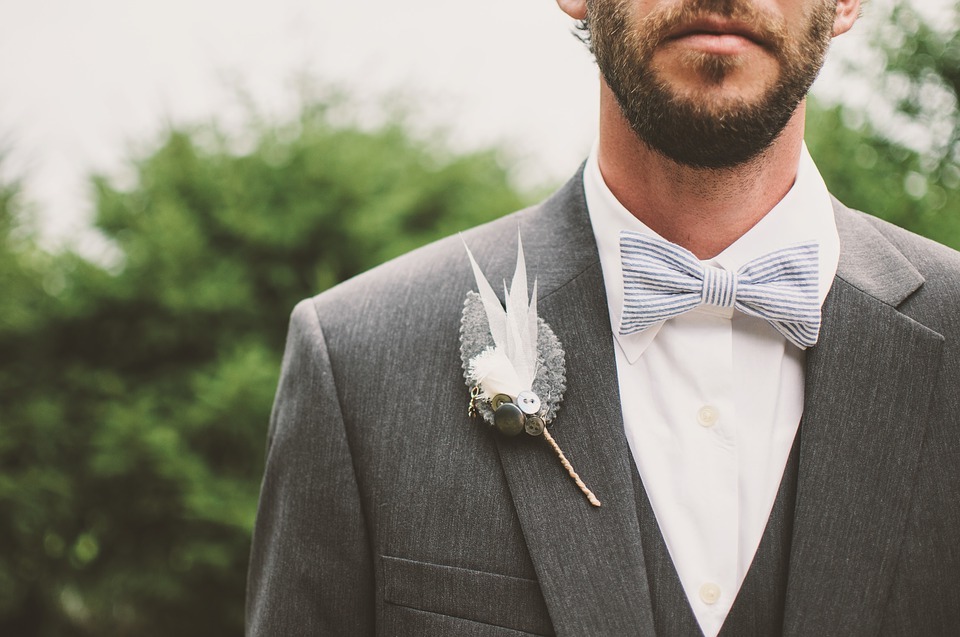Choosing The Best Beard Dye
A graying beard may be troublesome to most men and may cause considerable stress. In most occasions it the role of the genes that causes the change of the color giving facial hair uneven appearance. However, it is very easy to use beard dying or coloring as a way to hide the gray hairs while at the same time giving the face an attractive appearance with almost a natural look. The art of beard dyeing has been practiced for a long time as a fashion style. Also, great advancements have been made in mastering it and upgrading the quality of the services provided. Therefore, when considering dyeing the beard, it is important to factor in the following;
Right dye shade

The best beard dye occur in several color selections. The choice of the right shade should in most cases complement the facial hairs such as the eyelashes and head hair. These beard dyes range from blonde to brown or black. Moreover, the different colors can achieve a dark or light shade according to one’s preference without the beard looking fake. Moreover, the color should be in a position to last for long and should not damage the skin.
Permanence of the dye
All beard dyes are made from semi-permanent formulas that do not fade easily. However, with continued washing using shampoo the colors may change hence regular retouches are necessary. Moreover, the permanence of the beard dye eventually is overgrown by the beard. Hence, it requires reapplying in considerable intervals.
Ease of application
Men may attest to the fact that unlike some head hair types, the beard is coarse, rough and dry. Therefore, the chosen dye type should be easy to apply and achieves the desired shade instantly. Moreover, the dye gel use should easily dry and permanently cover the whole beard evenly. However, before using the dye, it is important to conduct a patch test to ensure that it does not react with the skin causing mild rashes or unwanted chemical burns. Most beard dyes use a simple application brush or a toothbrush which ensures that the dye is spread evenly without coating the skin.
Types of dyes

Beard types occur as either artificial or natural. The artificial dyes are made of chemical compounds while most natural dyes are from synthetic materials such as plant-based dyes such as henna. Chemical dyes can be irritating and may blister the skin. However, the dyes act in lengthening and strengthening the facial hairs.




